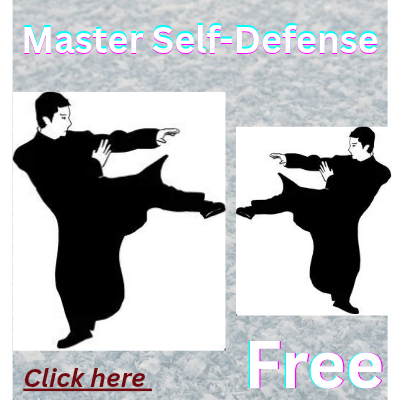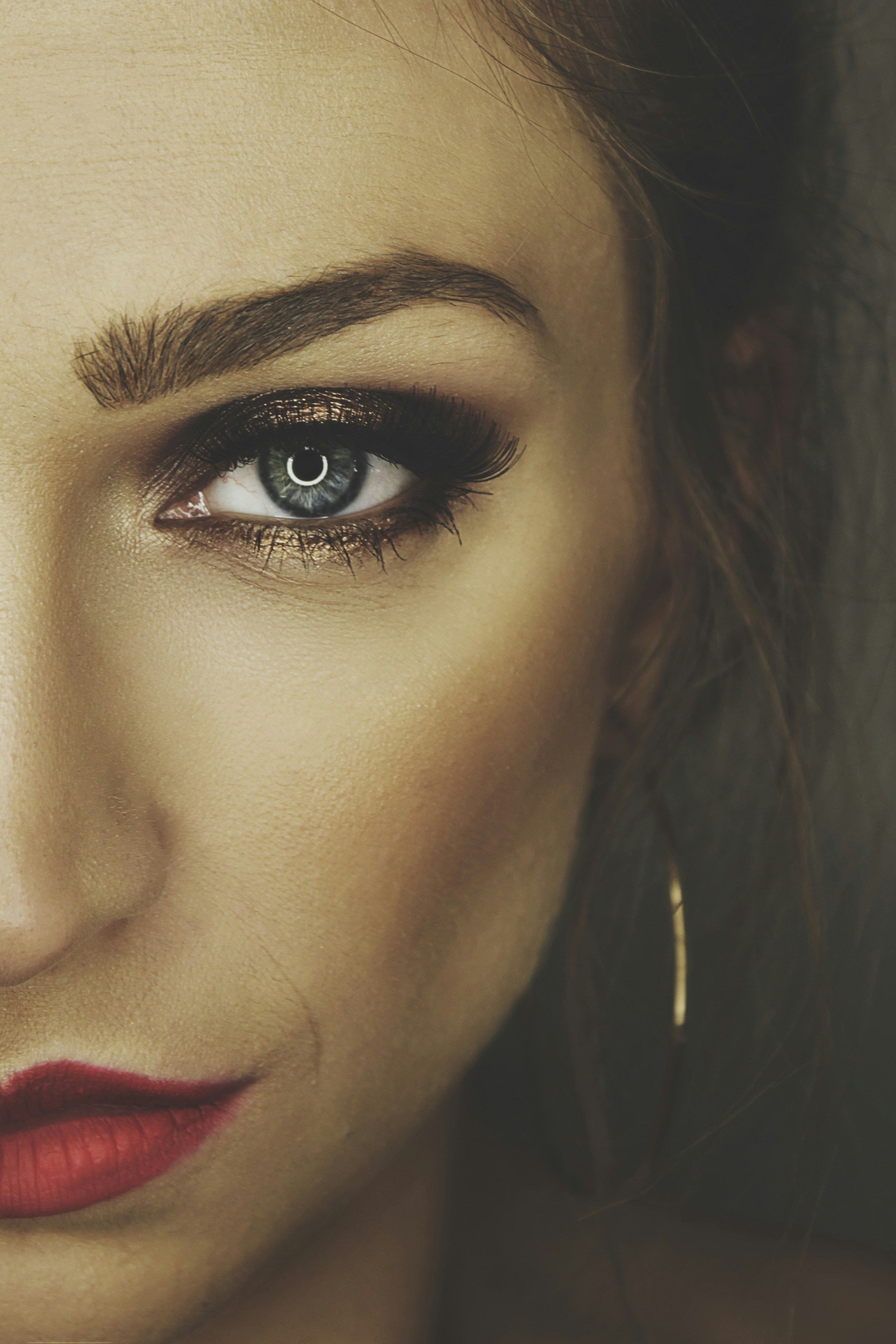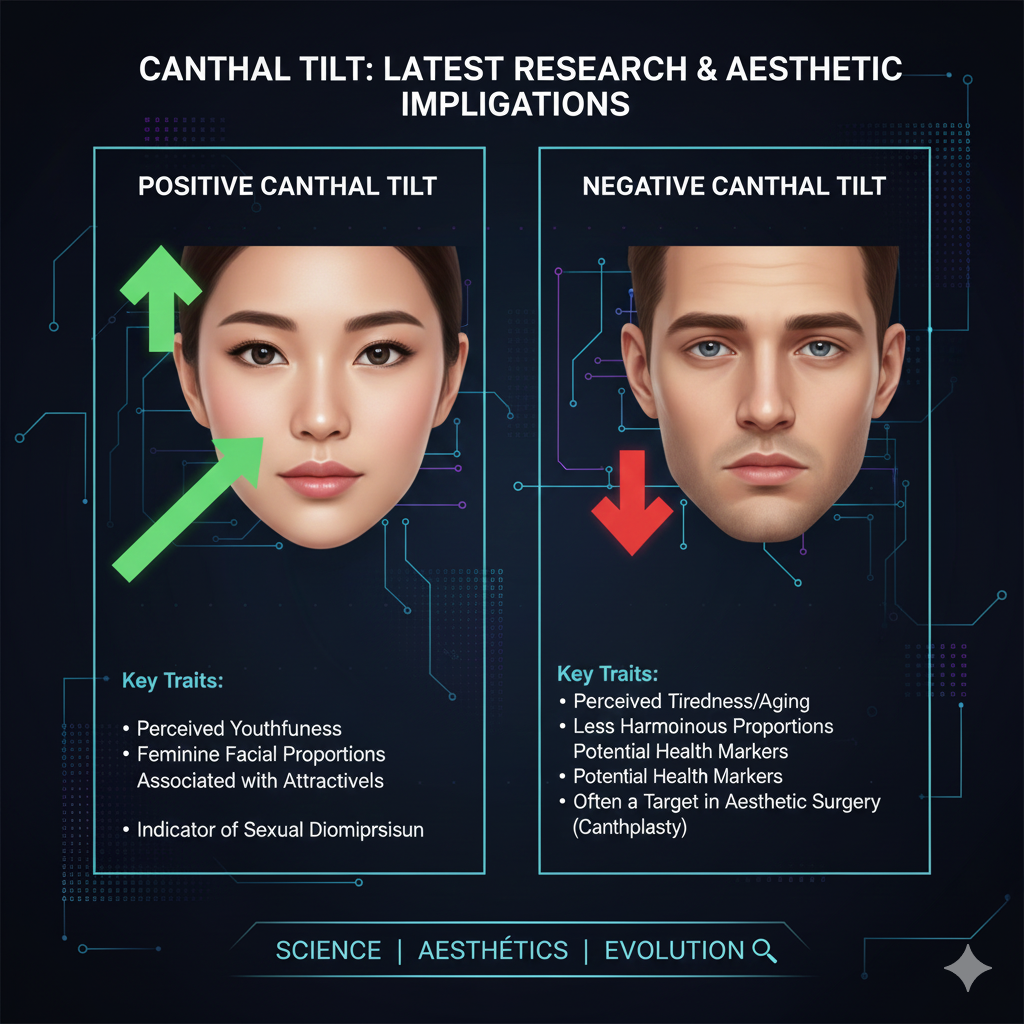The gaze serves as a powerful medium of communication in film and television, transcending spoken dialogue to express complex emotions and narratives.
An intense gaze can communicate a character’s internal struggles, desires, and vulnerabilities, effectively engaging the audience.
When an actress embodies a profound emotional state, her eyes often become the focal point of her performance, inviting viewers to delve deeper into the character’s psyche.
Such a portrayal can leave a lasting impression, as the audience connects with the underlying message conveyed through this non-verbal expression.
Psychologically, the eyes are considered the windows to the soul, and actresses recognize this significance in their craft.
By harnessing the power of their gaze, they possess the ability to evoke empathy and provoke thought among viewers.
For instance, a piercing gaze can indicate confidence and determination, while a softer look may express tenderness or sadness.
These nuanced performances underscore the depth of characterization and the versatility of human emotion, allowing the actress to resonate personally with the audience.
Effective use of eye contact creates intimacy and a sense of shared experience, establishing a unique bond between the viewer and the character.
Artistically, cinematography and direction play crucial roles in amplifying the impact of an actress’s gaze.
Close-up shots often capture intricate facial expressions and eye movements, enhancing the emotional clarity of a scene.
The interplay of lighting and framing can add drama and emphasis to an actor’s eyes, ensuring that moments of contemplation or revelation do not go unnoticed.
Well-crafted visual storytelling elevates the perceived intensity of the gaze, ultimately reinforcing its significance in the narrative.
Through these elements, filmmakers and actresses alike create a compelling experience that captivates audiences and etches memorable characters into viewers’ minds.

Iconic Actresses with Defined Eyes
Throughout cinematic history, a number of female actresses have captivated audiences worldwide with their striking eye expressions and intense gazes.
These iconic figures are not only celebrated for their talent but also for the remarkable way in which their eyes convey a spectrum of emotions, significantly enhancing their performances and leading to their recognition as legendary figures within the film industry.
A classic example is Audrey Hepburn, whose large, expressive eyes became a hallmark of her charming persona.
Hepburn’s gaze, often imbued with a sense of innocence and vulnerability, perfectly complemented her roles in films like “Breakfast at Tiffany’s” and “Roman Holiday.”

Her ability to evoke strong emotions simply through her gaze has made her an enduring symbol of elegance and grace in Hollywood.
Transitioning to contemporary cinema, we have the multifaceted actress, Emma Stone.
With her captivating green eyes, Stone brings a unique allure to every character she portrays.
Her nuanced expressions, particularly in films such as “La La Land,” highlight her ability to portray a mix of determination and vulnerability.
Emma Stone’s eye expressions often draw viewers into the emotional depth of her characters, making her performances memorable and impactful.
Another notable actress is Zoe Saldana, whose defined eyes have contributed to her extensive range of roles in various genres.
From action-packed films like “Guardians of the Galaxy” to dramatic performances in “Avatar,” Saldana utilizes her gaze to embody strength and resolve.
Her ability to connect with audiences through her intense stare reinforces the notion that defined eyes can transcend generations, maintaining their significance in storytelling.
These actresses illustrate how defined eyes serve as a powerful tool in conveying emotions, thus enriching the characters they portray.
Their legacy demonstrates that the allure of an intense gaze remains an essential element in the art of acting, echoing through both classic and modern cinema.
Techniques Behind the Intensity: Acting Methods
Delivering an intense gaze on screen is not merely a matter of striking a pose; it involves a combination of nuanced acting techniques that can significantly enhance an actress’s performance.
One essential method is emotional memory, where actresses draw upon their personal experiences to evoke genuine feelings.
This technique allows performers to create authentic and powerful moments that resonate with the audience, establishing a compelling connection through their gaze.
Concentration exercises also play a critical role in preparing an actress to achieve a captivating presence.
By honing their focus, actresses can minimize distractions and immerse themselves fully in their character’s emotional landscape.
This depth of focus translates into their eyes, allowing viewers to see the intensity of the emotions being portrayed.
Techniques such as meditation or breath control are often employed to improve actors’ mental clarity, further contributing to the effectiveness of their gaze.
Physical training cannot be overlooked when discussing how to create an intense presence.
Body language, in combination with eye contact, significantly influences how an actress’s performance is perceived.
Practicing posture, facial expressions, and movement helps actresses embody their characters more effectively, culminating in a stronger visual impact.
Eye contact is particularly vital; it can convey vulnerability, strength, or determination, depending on the context of the scene.
The synergy of a potent gaze and body language can elevate a performance, making it unforgettable.
In the realm of acting, mastering these techniques not only empowers actresses to deliver powerful performances but also frames their intensity in a manner that captivates audiences.
The connection between emotional depth and physical expression is pivotal in shaping an intense gaze, confirming its essential role in the craft of acting.
The Cultural Influence of Eye Gaze in Cinema
The influence of an intense gaze in cinema has transcended mere aesthetic appeal, significantly shaping cultural perceptions of beauty and power, particularly concerning female actresses with defined eyes.
Throughout the decades, the portrayal of women in film has evolved, reflecting societal norms and values regarding feminine beauty and strength
In the early days of cinema, actresses such as Greta Garbo and Bette Davis utilized their captivating gaze to convey depth of emotion, signaling that eyes bore the power to enchant and dominate the screen.
As film genres diversified, so too did the representation of women’s eyes. In film noir, for example, the femme fatale emerged as an archetype where a defined gaze was used both as a tool of allure and manipulation.
Actresses like Lauren Bacall and Rita Hayworth showcased how a piercing gaze could embody both vulnerability and formidable power, challenging the traditional roles of women in films.
Over time, this trend proliferated through various genres, reinforcing the notion that an intense gaze was synonymous with not only beauty but formidable agency.
Audience reactions to the portrayal of such compelling characters revealed a complex relationship between viewers and female protagonists.
Women with defined eyes have frequently been celebrated as symbols of empowerment, allowing viewers to project their aspirations and ideals onto these figures.
The portrayal has evolved, especially in contemporary cinema, where actresses like Viola Davis and Zendaya continue to redefine the depiction of beauty and power through a more nuanced lens.
This evolution marks a significant cultural shift, reflecting a greater appreciation for diversity and emotional authenticity, as viewers increasingly resonate with characters that transcend traditional archetypes.
Ultimately, the cultural influence of eye gaze in cinema extends beyond surface appeal, playing a pivotal role in shaping narratives around femininity and power.
The complex interplay between audience perception and actress representation continues to evolve, underscoring the timeless allure of the intense gaze.




